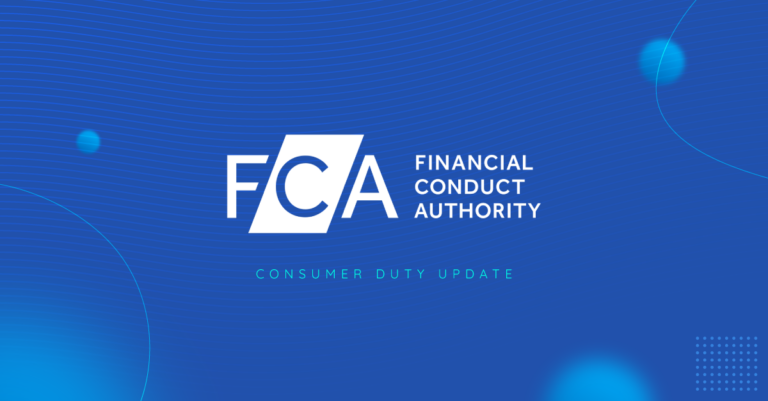With all the talk of Customer Experience (CX) Management and Customer Effort, it’s easy to forget that customer service managers don’t have bottomless pits of money. Best practice in contact centre management isn’t just about being effective, it’s also about being efficient. Which is why many traditional measures of call centre performance, such as Average Handle Time (AHT), are still as relevant as ever.
But how do you deliver consistently strong performance when handling multiple customer contact channels?
Delivering consistent CX when customers come at your organisation across voice, email, web, social media and SMS is one thing. But how do you optimise those experiences? How do you ensure that people don’t have to wait a disproportionate amount of time to have an email answered, for example, compared to an SMS. And that it doesn’t take more steps, and hence much longer, to resolve a query over social media than it does via email.
While every organisation would love to think that they could deliver first time fixes (FTF), each and every time, with great CX scores and a low AHT, it’s not always that easy. Targeting a low AHT can sometimes result in contacts being rushed, and that can negatively impact both CX and FTF scores.
So how do you reduce AHT without negatively affecting customer experiences?’ Here are 6 ways that we believe contact centres can reduce AHT without impacting customer experiences:
- Analyse the nature of customer demand: Use Demand Categorisation to analyse which contacts:
(a) Deliver value effectively to both parties
(b) Create opportunities to develop new products/services
(c) Occur when a process or product/service went wrong, and
(d) Represent waste or demand generated by third parties. By categorising demand, you can improve contact handling processes (see tip 2 below) in a more structured way, while focusing on goals such as improved CX, lower cost and shorter AHT. - Review business processes: After tackling Demand Categorisation (as described above), address inefficiencies and fix broken processes that are inflating AHT by: removing agent requirements that don’t directly impact the CX, examining scripts and removing time-wasting questions, reducing time wasted during wrap-up time by using wrap-up codes to categorise contact ‘types’, and streamlining agent workflows and processes to improve efficiency.
- Switch customers to intelligent self-service:
Introduce web and phone self-service where customers need simple and repetitive information (e.g. opening hours, account balances etc.).
Use automated menu systems that allow individuals to navigate their own way to the most appropriate resource to handle their query (see tip 4 below).
Furthermore, use intelligent self-service technologies to deliver more personalised self-service experiences.
By enabling customers to self-serve, you can get customers to the answers they require quicker and handle more contacts, leading to lower AHT. - Create more efficient contact routing:
Enable customers to self-select the best routing option by providing automated menus, regardless of the channel used.
Use natural language speech recognition technology to allow people to describe their own issues, and create contact routing rules that take into account agent skills and knowledge.
Furthermore, ensure that your contact handling technology can support a broad range of routing options (from agent hunt groups to least idle, least occupied, skill level and service level routing). - Provide agents with a single view of customer conversations:
Invest in omni-channel technology that gives agents a single view of customer activity across all channels and time periods. If you can immediately identify customers with unresolved service issues (from their phone number or email ad-dress, or from information entered into a self-service system), then route them to the agent that’s been handling their query, or a suitably skilled agent. Also, give agents full access to recordings (i.e. emails, SMSs, call recordings etc.) and enable them to share recordings with customers if appropriate. - Shorten customer greetings: Especially those have no real impact on CX. So rather than say “Good afternoon Madam, how are you doing today?”, try “Good afternoon Jackie, how can I help you?” This will encourage customers to get to the point quicker. Also consider giving agents easy access to rich Customer Relationship Management data – such as purchased product details and previous service queries. In this way, organisations can lower AHT and deliver greater personalisation.
To obtain further details, and read six more tips, read our white paper; “Reducing Average Handle Time (AHT) in Multi-Channel Contact Centres”.











 Danmark
Danmark  Sverige
Sverige  Norge
Norge  Finland
Finland  Nederlandse
Nederlandse